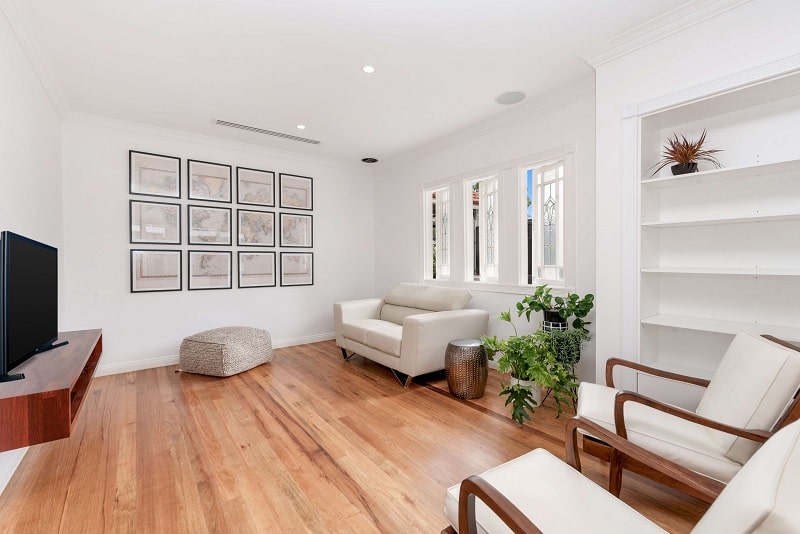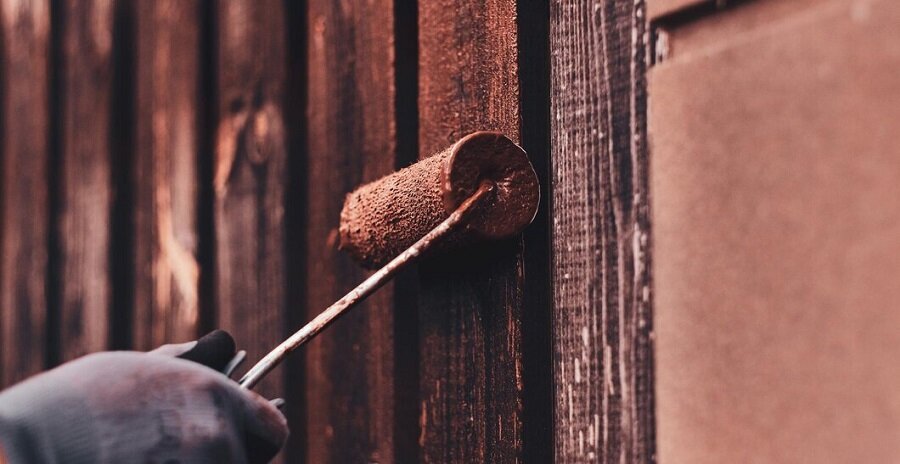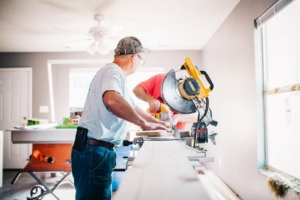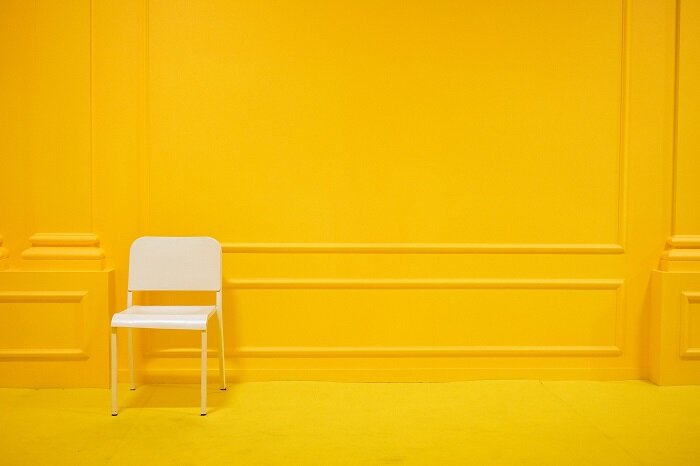Seasonal Plumbing Maintenance: What to Do Each Season to Maintain Your System
Homeowners often overlook the importance of regular maintenance until a disaster occurs. But did you know that you can prevent significant issues, protect your plumbing system, and save considerable money with consistent attention?
This comprehensive guide touches on seasonal plumbing maintenance. Learn what you can do each season to maintain your system’s efficiency, prevent damage, and reduce unnecessary costs. Just like caring for your home’s furniture, maintaining your plumbing system should be part of your routine.
Why Is Maintenance So Important?
Maintenance is essential in extending any home system’s lifespan and functionality, from custom cabinets in Las Vegas to plumbing. A well-maintained system is likely to experience fewer failures and need fewer costly plumbing repairs. Regular maintenance helps you detect minor issues before they become significant problems, protecting your home plumbing from damage, preventing water waste, and saving money.
Like a high-quality piece of furniture, the plumbing system needs care and attention to maintain efficiency. Regularly inspecting your system and undertaking plumbing maintenance can prevent significant malfunctions, reduce energy consumption, and prolong the system’s lifespan. Indeed, maintenance is as vital as ensuring your prized Las Vegas custom cabinets are kept in top condition.
Plumbing Maintenance and HVAC Maintenance
Apart from plumbing, your heating, ventilation, and air conditioning (HVAC) systems also demand regular attention. Both these systems often work hand in hand. Commercial plumbing services often offer HVAC maintenance in their package because the two are interconnected. If your pipes freeze and burst in the winter, it can affect your heating system. Similarly, if your HVAC system isn’t draining correctly, it can lead to plumbing issues.
Professional plumbing maintenance services have the knowledge and tools to ensure that your plumbing and HVAC systems are in optimal condition. By doing so, they help homeowners avoid the discomfort and inconvenience of unexpected breakdowns.

Winter Plumbing Maintenance
Winter is often the harshest season for your home plumbing. As temperatures dip, the water in your pipes can freeze and expand, causing pipes to burst. To avoid such a disaster, insulate your pipes, especially those in unheated areas of your home. Keep your house warm, even if you’re away, to prevent freezing.
Disconnecting garden hoses, shutting off, and draining water from pipes leading to outside faucets are also essential. These plumbing maintenance tasks will prevent residual water from freezing and causing damage.
Spring Plumbing Maintenance
Spring plumbing maintenance mainly involves checking for any damage incurred during the winter. Look out for leaky faucets, dripping pipes, or malfunctioning water heaters. Also, check the areas around appliances for any signs of water damage.
Spring is also an excellent time to check the sump pump to protect your basement from flooding as snow melts and spring rains come. Pour a few gallons of water into the sump pit to ensure the pump works correctly.
Summer Plumbing Maintenance
Summertime means vacations, and before you leave, you should prep your plumbing system to prevent any potential issues while you’re away. Set your water heater in “vacation” mode to save energy. Additionally, consider turning off the main water supply to prevent leaks.
It’s also important to check your sprinkler system for leaks or malfunctions and clean the sprinkler heads. Lastly, ensure that your gutters and downspouts are clean and debris-free to handle summer storms.
If you encounter any plumbing problems during this time, don’t hesitate to contact us. We offer comprehensive plumbing system maintenance and services to keep your system running smoothly.

Fall Plumbing Maintenance
Fall plumbing maintenance involves preparing your plumbing system for the upcoming winter. Drain the water from outdoor faucets and garden hoses and store them indoors to prevent freezing. Clear leaves and other debris from your gutters and downspouts to prevent blockages and potential water damage.
Fall is the perfect time to address any plumbing repairs inside the house before winter sets in. Check your water heater and ensure it’s ready for the colder months. Lastly, inspect your sump pump and pit, especially if you live in an area that experiences heavy autumn rains.
Summary
Regular and seasonal maintenance ensures your plumbing system’s efficient and long-lasting performance. Just as you’d take care of your custom cabinets in Las Vegas or any other cherished household features, your home’s plumbing deserves the same care and attention. With DIY plumbing tips and help from professional plumbers, you can protect your system and home from the potentially damaging and costly consequences of neglect.






















